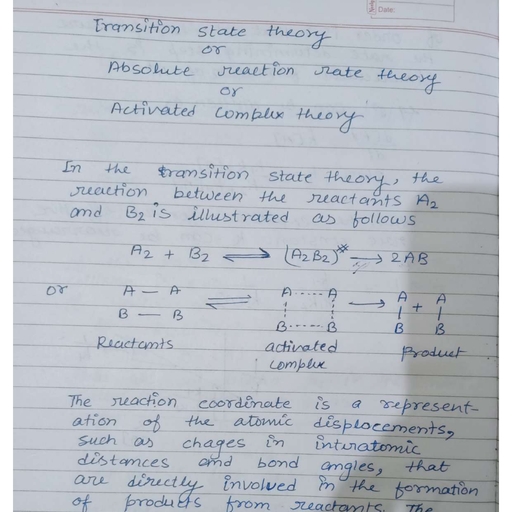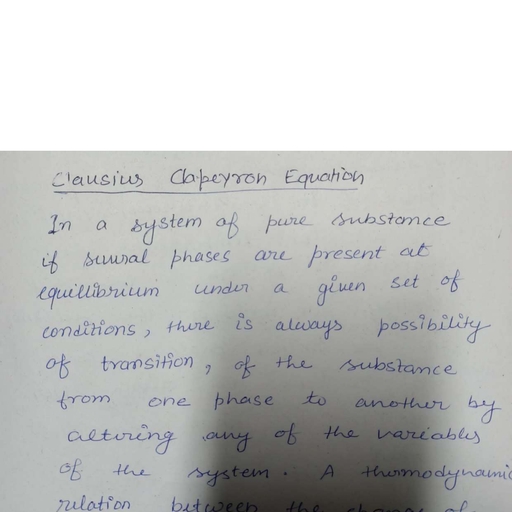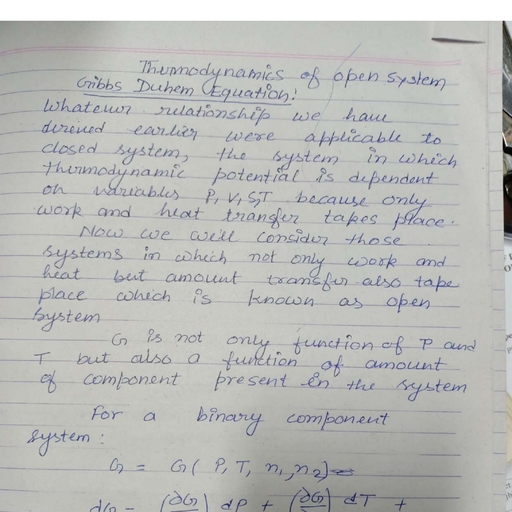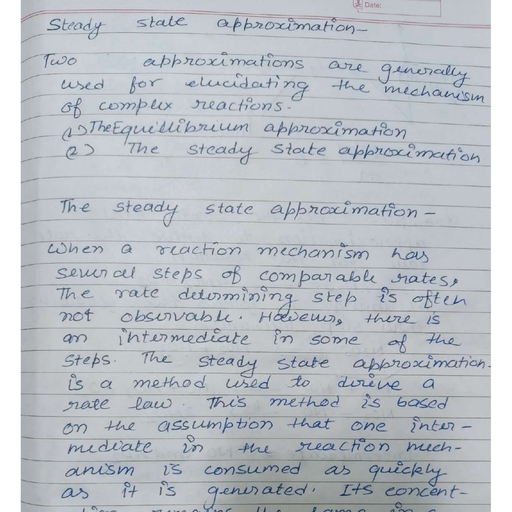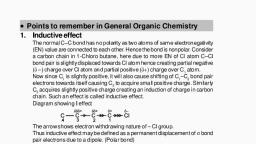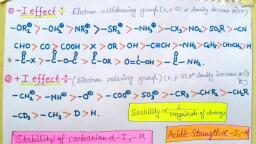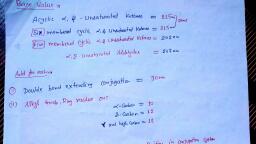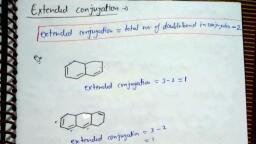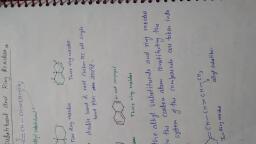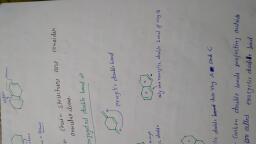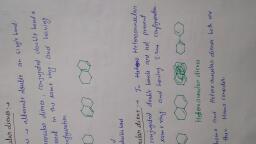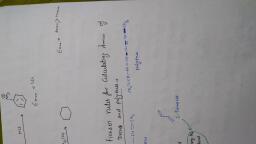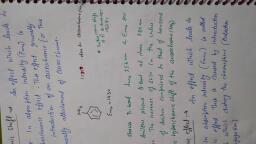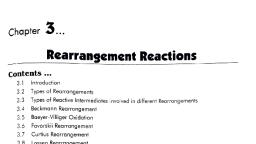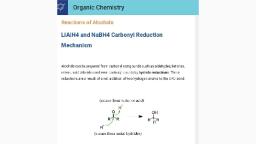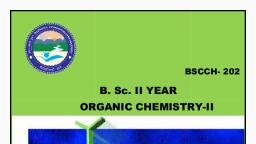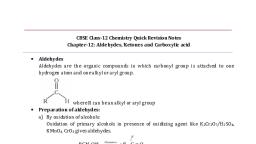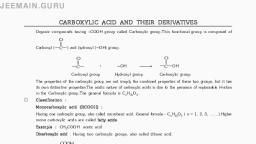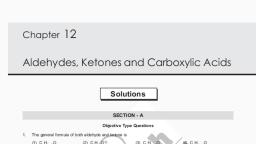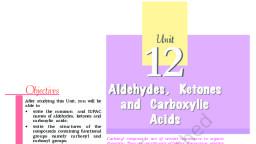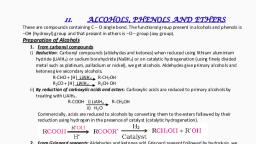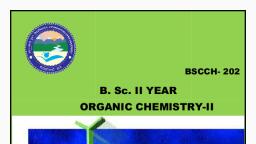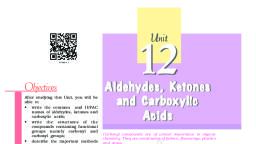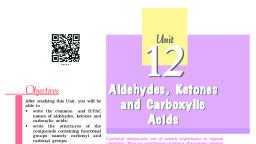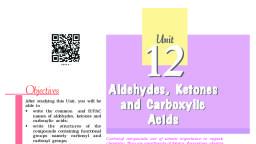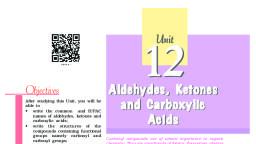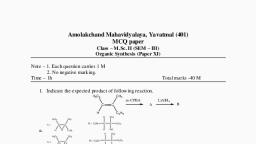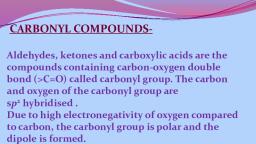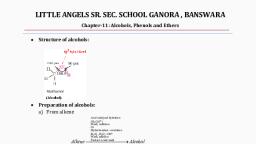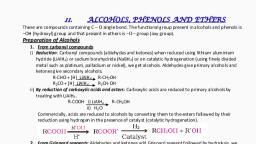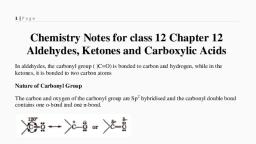Page 1 :
Hydrides as Reducing Agents, Lithium aluminum hydride (LiAlH4) is a strong reducing agent., It will donate hydride (“H-”) to any C=O containing functional group., Examples:, 2. H3O+, (or just H2O), , 1. LiAlH4, , aldehyde, , primary alcohol, , 1. LiAlH4, , 2. H2O, , ketone, secondary alcohol, , Hydrides as Reducing Agents, Lithium aluminum hydride (LiAlH4) is a strong reducing agent., It will reduce almost any C=O containing functional group to an alcohol., Example:, 1. LiAlH4, , 2. H2O, , ester, , and then another, equivalent adds,, unavoidably., , One, equivalent, of H- adds,, , Reduced by, LiAlH4 to an, alcohol:, aldehyde, , ketone carboxylic acid, , ester, , acyl halide
Page 2 :
Double Addition of Hydride to, Carboxylic Acids and Derivatives, Why?, Ketones and aldehydes are more, electrophilic than acids, esters and, acyl halides., As soon as a ketone or aldehyde is, generated, it is immediately reduced, again., , , , , , , , , , , , Lone pair donation by, oxygen reduces partial, positive charge on C=O, carbon., , Reduced by, LiAlH4 to an, alcohol:, aldehyde, , ketone carboxylic acid, , ester, , acyl halide, , Hydrides as Reducing Agents, Exception: LiAlH4 reduces amides to amines., Examples:, 1. LiAlH4, 2. H2O, , 1. LiAlH4, , Mechanism depends, slightly on whether, amide has an N-H or, not., But the result is the, same., , 2. H2O, , Reduced by, LiAlH4 to an, alcohol:, aldehyde, , ketone carboxylic acid, , ester, , acyl halide
Page 5 :
Nucleophile Additions to Carbonyls, Generate Racemic Mixtures, (addition to, top face), , , (addition to, bottom face), , 50:50 mixture of top- and, bottom-face adduct is observed., , , , Enantioselective Reduction of Ketones, Using Chiral Catalysts, Chiral catalysts bring reactants together in specific geometries, to force the, preferential formation of one enantiomer over the other., Example:, 1. BH3, (S)-CBS reagent, (R), , “RS”, “RL”, , (S), , 2. H+ (workup), , Reaction, generates this, enantiomer only.
Page 6 :
Enantioselective Reduction of Ketones, Using Chiral Catalysts, , BH3, , 2. H2O, product, (S)-CBS, reagent, , Ketone orients larger, group away from catalyst., , So H- addition occurs on, one face, and not the other.




